About the curator
Wanessa Cardoso de Sousa is an architect and art historian from Brazil. Her previous works include an open-access research tool called “Canadian Library Architecture” that includes design information on over 300 libraries across Canada, representing all provinces and territories. Her research interests include oral history, material culture, vernacular architecture, art librarianship, and digital preservation and curation.
Cardoso de Sousa employs oral history practices in her research and curation. Through this practice, she developed a community-oriented project with Atwater Library and its members called “Books of Affection.” In this project, she explored how books that are mass-produced every year can become unique objects to their owners, providing the library members with a platform to share their stories of essential books in their lives. She believes that oral history can contribute to collaborative processes where unheard voices get a platform to share their unique and historical viewpoints.


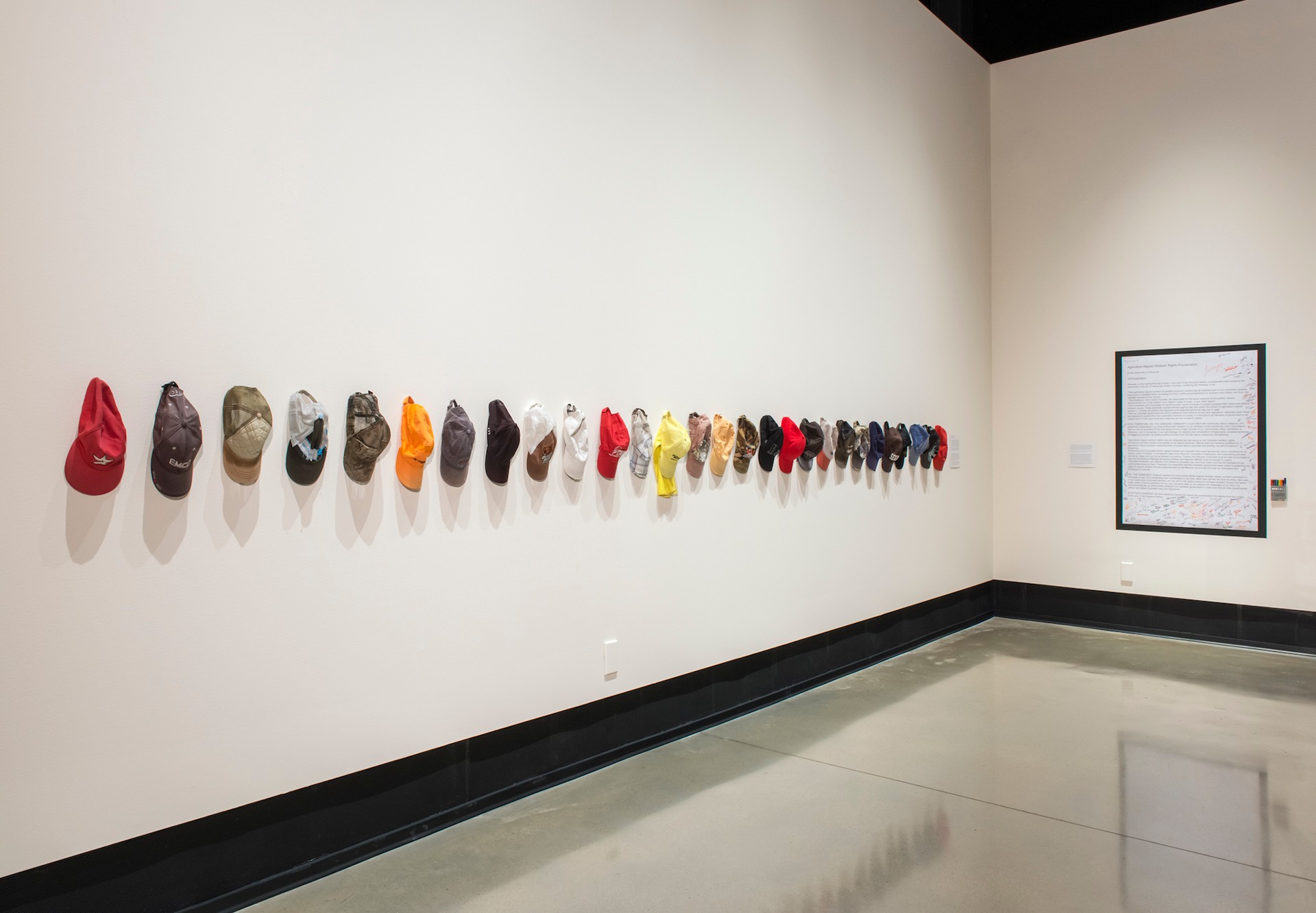 Carlos Colín, "Workers’ caps used during their labour days" from 12 hrs. por día, 2019
Carlos Colín, "Workers’ caps used during their labour days" from 12 hrs. por día, 2019
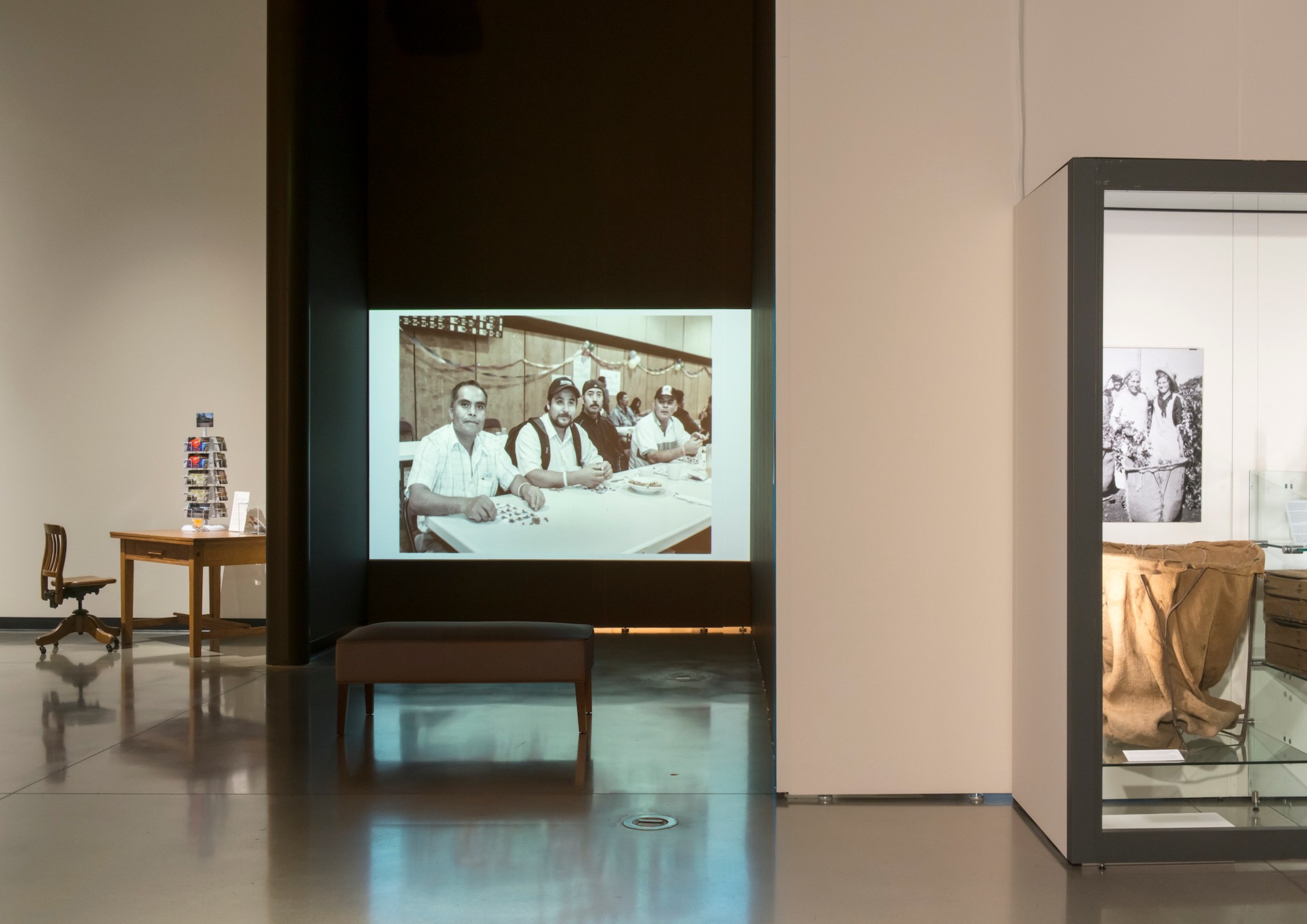 Selection of Photographs made by Carlos Colín from Gabriela Rosas archive from Dignidad Migrante (Migrant Dignity), 2019
Selection of Photographs made by Carlos Colín from Gabriela Rosas archive from Dignidad Migrante (Migrant Dignity), 2019
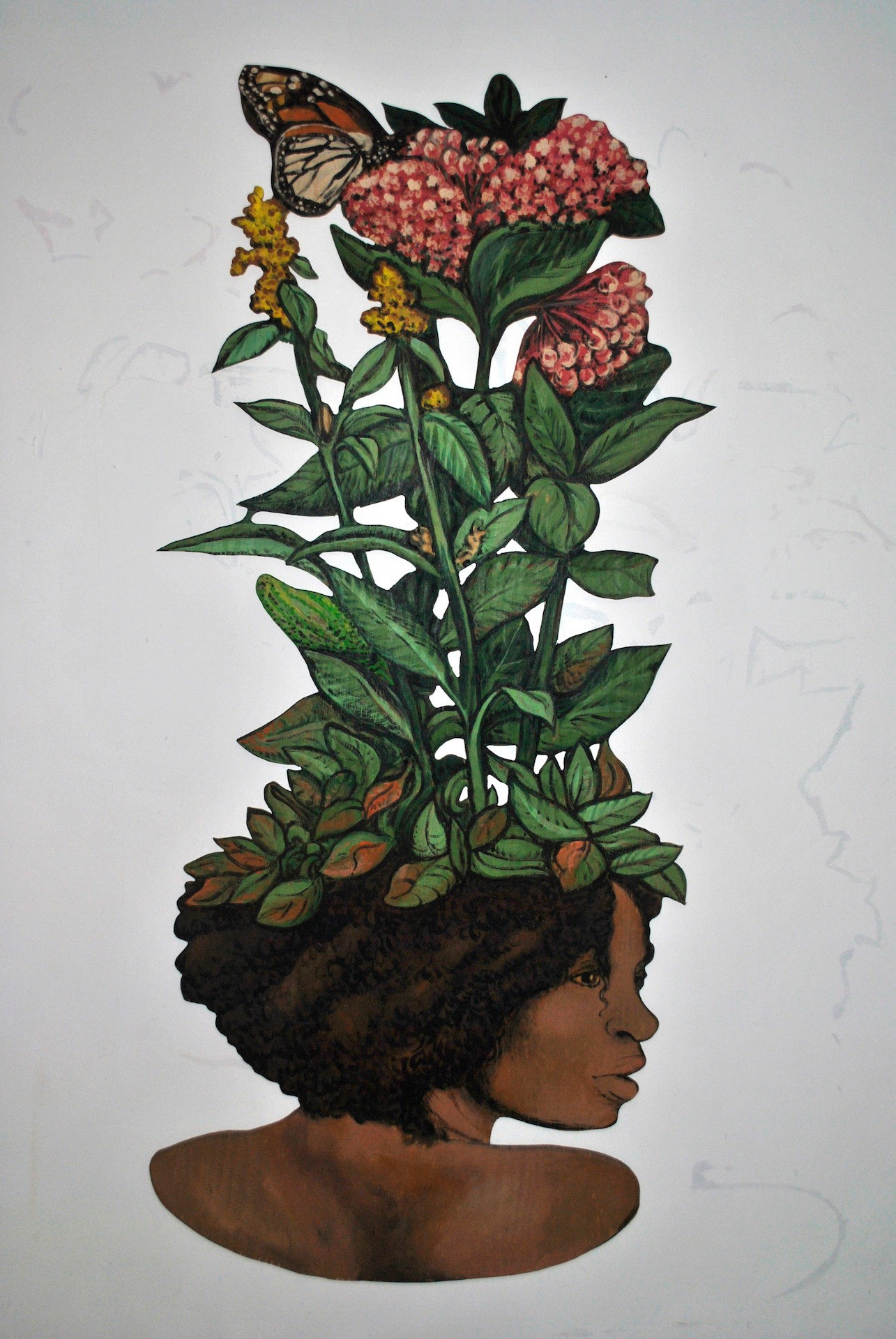 "Cabeza Uno," from Cooperativa Cultural 19 de enero (CC 1/19), by Fernando Espinosa and Raúl Ayala
"Cabeza Uno," from Cooperativa Cultural 19 de enero (CC 1/19), by Fernando Espinosa and Raúl Ayala
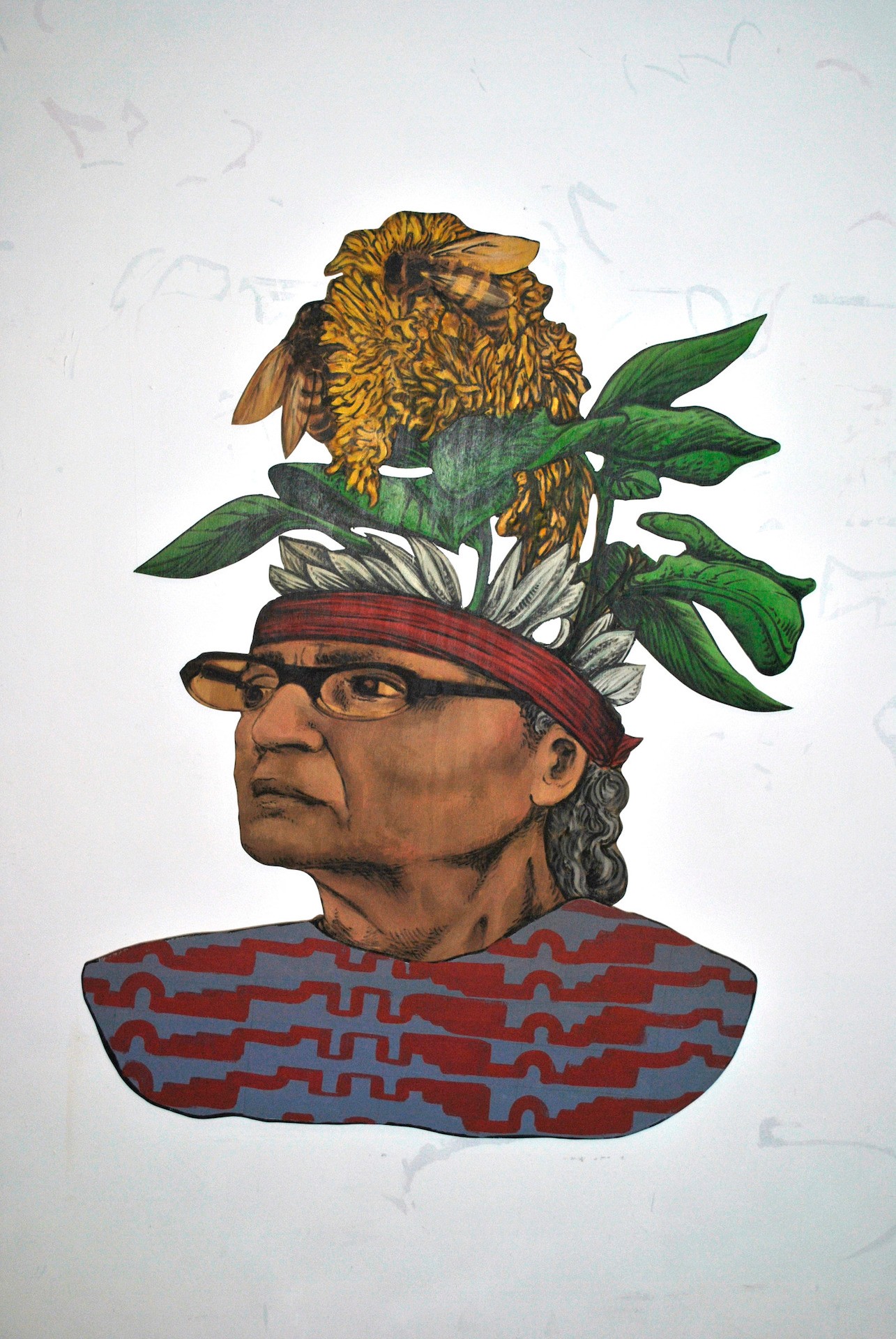 "Cabeza Tres" from Cooperativa Cultural 19 de enero (CC 1/19), by Fernando Espinosa and Raúl Ayala
"Cabeza Tres" from Cooperativa Cultural 19 de enero (CC 1/19), by Fernando Espinosa and Raúl Ayala
 "Whose Streets," by Fernando Espinosa and Raúl Ayala, 2019
"Whose Streets," by Fernando Espinosa and Raúl Ayala, 2019
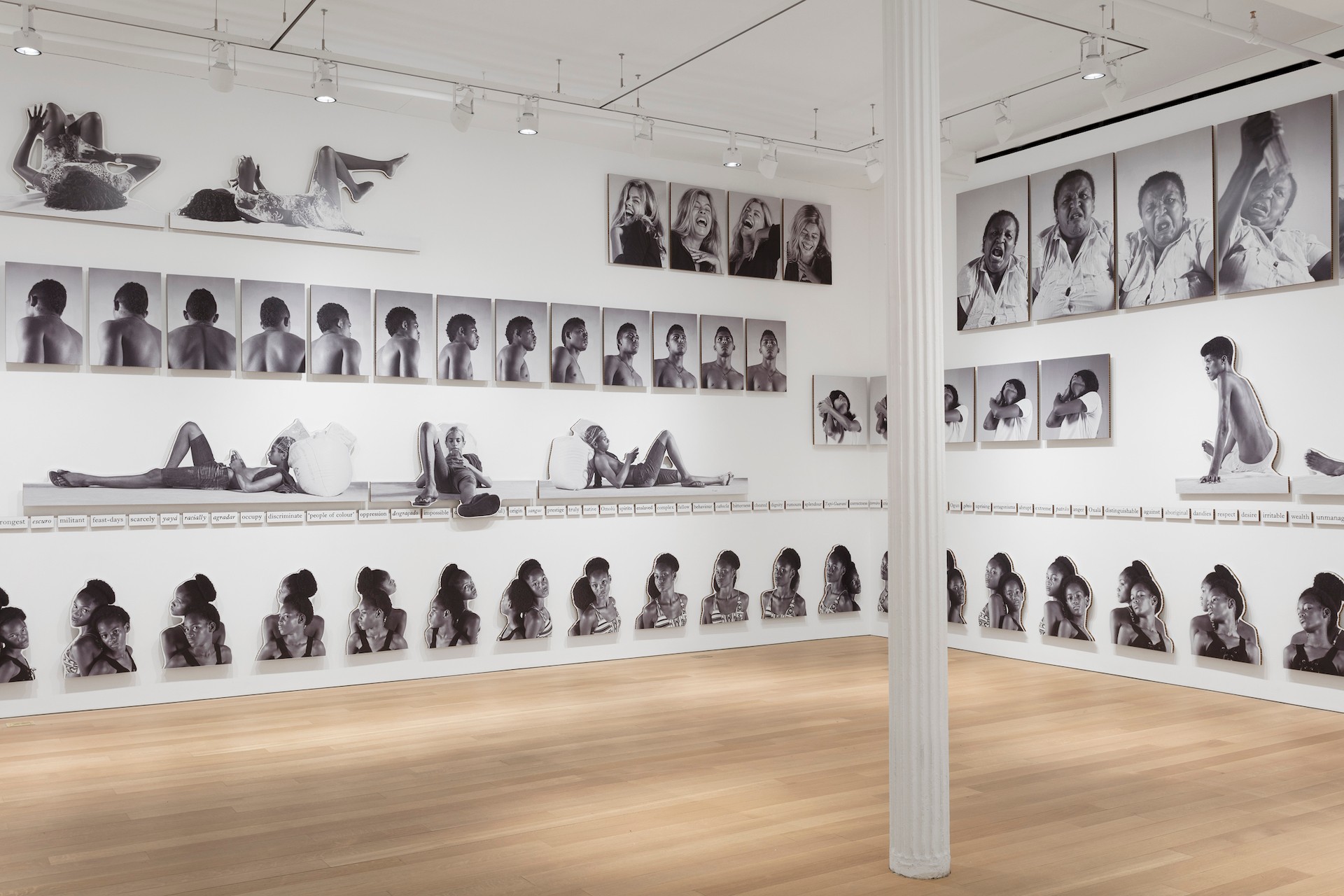 "Eu, mestiço" (Me, mestizo), Jonathas de Andrade
"Eu, mestiço" (Me, mestizo), Jonathas de Andrade
 "In Their Memory: Human Rights violation in Chile. 1973-1990," María Verónica San Martín, 2020
"In Their Memory: Human Rights violation in Chile. 1973-1990," María Verónica San Martín, 2020
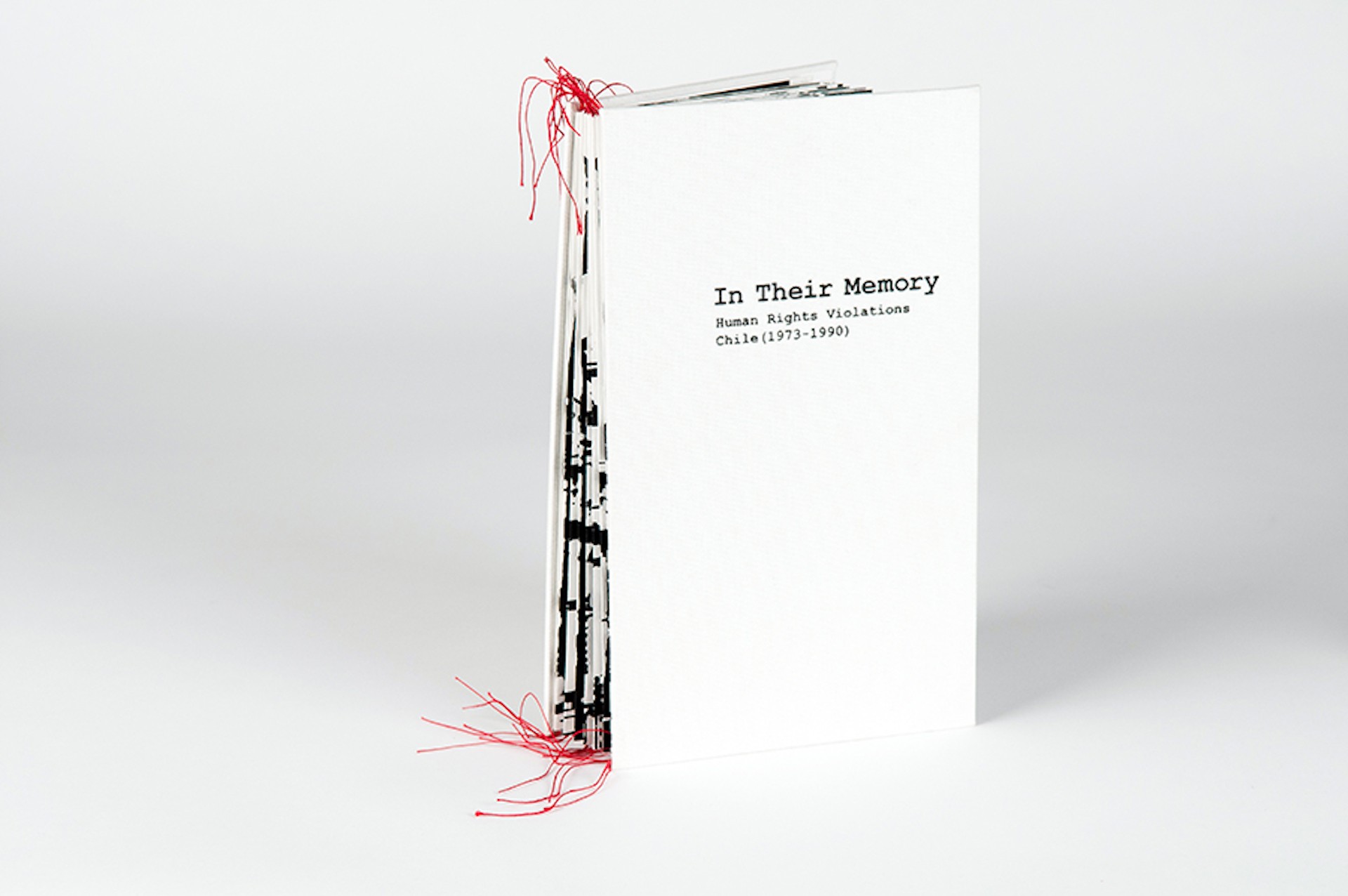 "In Their Memory: Human Rights violation in Chile. 1973-1990," María Verónica San Martín, 2020, Photo credit: Denny Henrry (2013)
"In Their Memory: Human Rights violation in Chile. 1973-1990," María Verónica San Martín, 2020, Photo credit: Denny Henrry (2013)
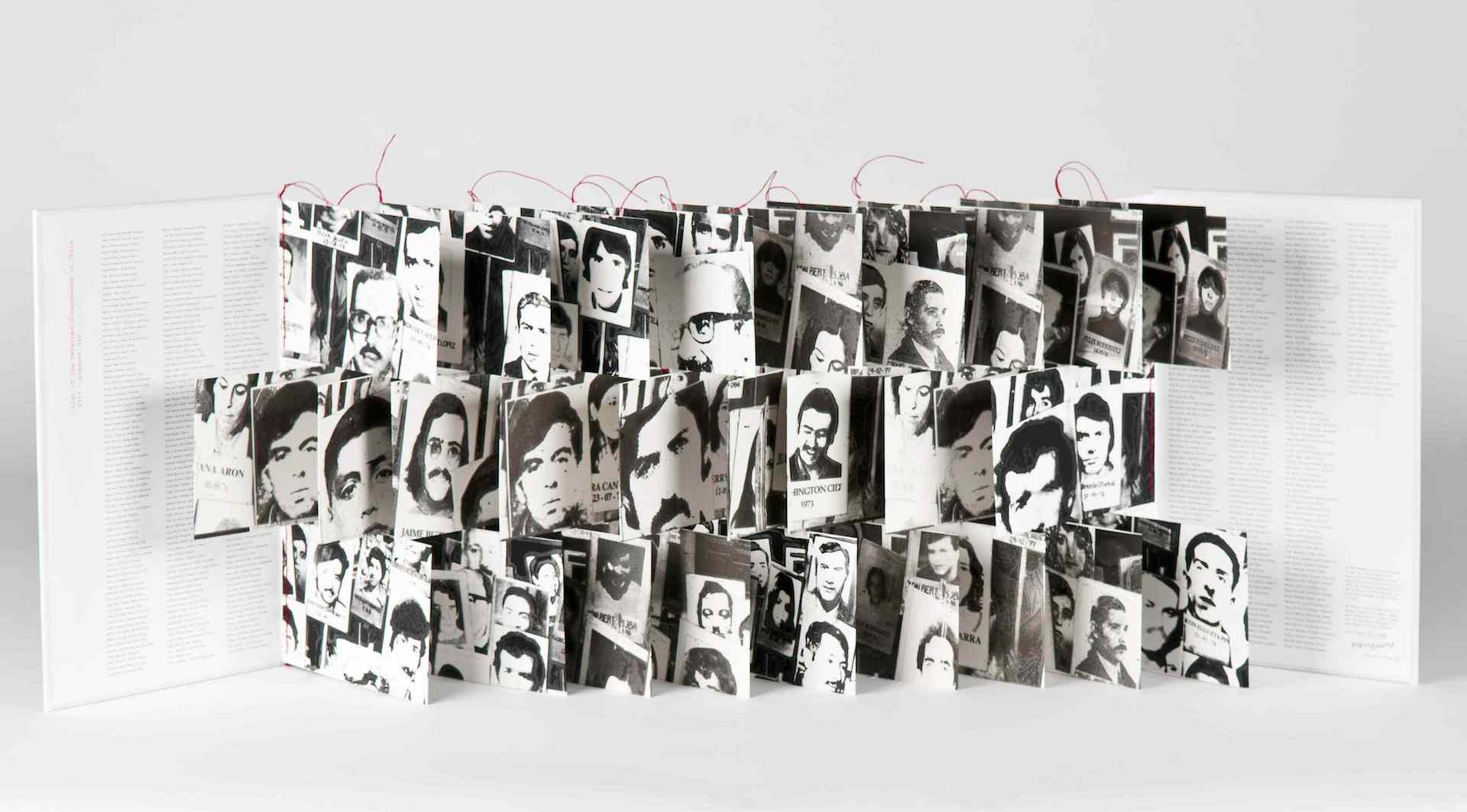 "In Their Memory: Human Rights violation in Chile. 1973-1990," María Verónica San Martín, 2020, Photo credit: Denny Henrry (2013)
"In Their Memory: Human Rights violation in Chile. 1973-1990," María Verónica San Martín, 2020, Photo credit: Denny Henrry (2013)